The Hilldale House, 1237 Hilldale Ave., photographed by Julius Shulman in 1981. (© J. Paul Getty Trust. Getty Research Institute, Los Angeles 2004.R.10)
“March 5, 1936 – I remember the day – we shook hands for the first time,” Julius Shulman recalled. “I met Richard Neutra, and that was the day I became a photographer.”
Julius Shulman was a legendary architectural photographer who specialized in California’s mid-century modern style of residential and commercial building design, which he nearly always captured on black and white film.
He began photographing West Hollywood homes and offices in 1949. Based in Los Angeles, Shulman worked on assignment for architects and mass-market magazines like Life, House & Garden and Good Housekeeping as well as architecture publications until he retired in 1990.
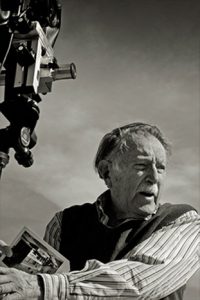
“Carefully composed and artfully lighted, his images promoted not only new approaches to home design but also the ideal of idyllic California living – a sunny, suburban lifestyle played out in sleek, spacious, low-slung homes featuring ample glass, pools and patios,” is how The New York Times once described a common theme running through all of Shulman’s work.
Most importantly for West Hollywood, his photos of local homes and buildings were instrumental in helping promote Southern California’s unique brand of modernism worldwide. Shulman photographed buildings by some of the era’s best-known architects, including Neutra, Frank Lloyd Wright, Charles and Ray Eames, Mies van der Rohe and Oscar Niemeyer.
His vast library of images currently resides at the Getty Center in Los Angeles. Those seen here and many others can be publicly accessed at The Getty Research Institute’s website.
Shulman was born in Brooklyn on Oct. 10, 1910, and grew up on a small farm in Connecticut before moving to Los Angeles while still a boy. He traced his interest in photography to a class he took on the subject as a high school student in Los Angeles. After graduation he briefly attended the University of California at Los Angeles and the University of California, Berkeley, and earned pocket money by selling his photographs to fellow students.
In 1936 he returned to Los Angeles, where he was enlisted by a friend to take photographs of a new, Neutra-designed house in Hollywood with his amateur Kodak Vest Pocket camera. When Neutra saw the pictures, he asked to meet the photographer and proceeded to give him his first assignments. Shulman passed away in 2009 at the age of 98 at his Hollywood Hills home.
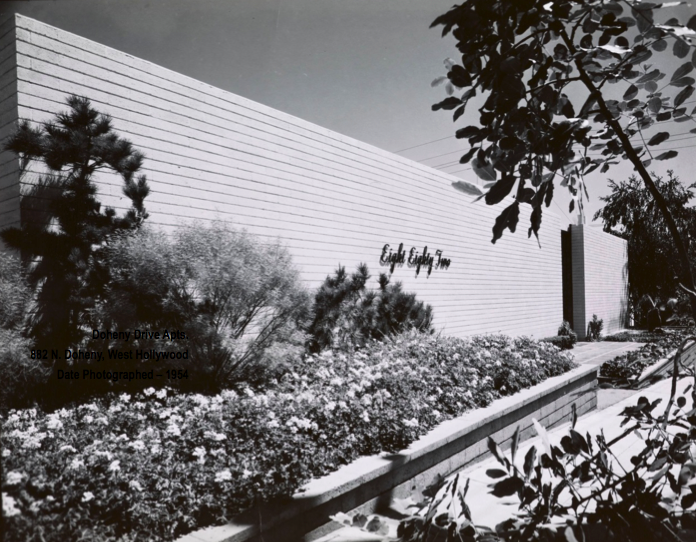
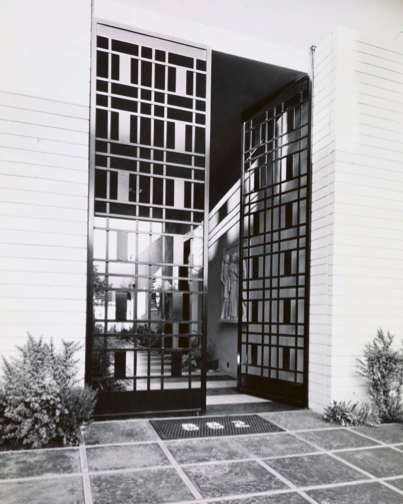
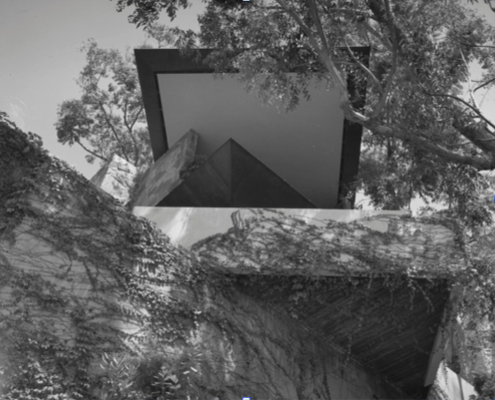
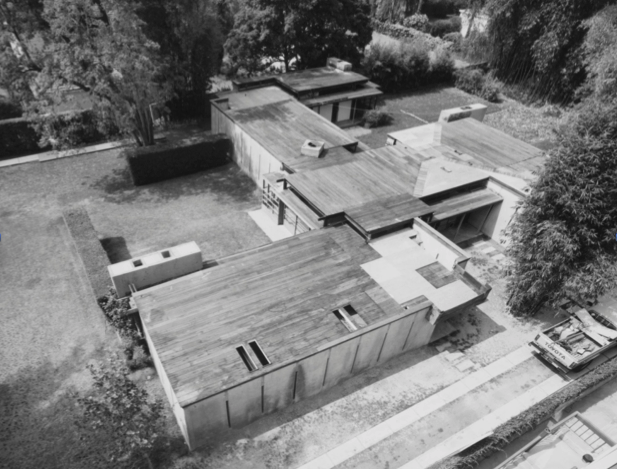

Bob Bishop’s articles add much scope to the understanding of the early days of West Hollywood and its attraction for writers, artists and those who believed in a more encompassing view of life which included an appreciation of architectural design. Looking forward to the next Bishop piece.
Little boxes on the hillside,
Little boxes made of ticky-tacky,
Little boxes on the hillside,
Little boxes, all the same.
There’s a green one and a pink one
And a blue one and a yellow one
They’re all made out of ticky-tacky,
And they all look just the same.